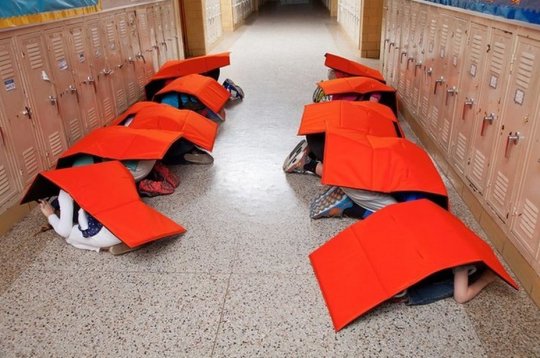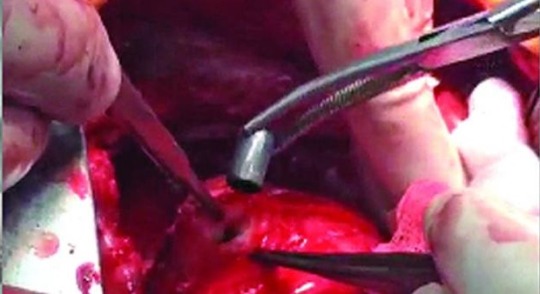Nurses have a complementary role with physicians in caring for children with orthopedic injuries. Typically, the child will have been evaluated and had some sort of fracture management implemented. In children, nursing management is easer than in adults since a child is less likely to need an invasive surgical procedure. Many fractures can be dealt with using casts and splints alone.
Here are a few tips for providing the best care for your pediatric patients:
- Ensure adequate splinting / casting. You will have an opportunity to see the child at their usual level of activity. If it appears likely that their activity may defeat the purpose of the cast or splint, inform the surgeon or extender so they can apply a better one.
- Focus on pain control. Nothing aggravates parents more than seeing their child in pain! Make sure acetominophen or ibuprofen is available prn if pain is very mild, or scheduled if more significant. Ensure that mild narcotics are available if pain levels are higher. Remember, stool softeners are mandatory if narcotics are given.
- Monitor compartments frequently. If a cast is used, check the distal part of the extremity for pain, unwillingness to move, numbness or swelling. If any are present, call the physician or extender and expect prompt attention to the problem.
- Always think about the possibility of abuse. Fractures are rarely seen in children under 3, and almost never if less than 1 year old. If you have concerns about the physical findings or parent interactions, let the physician and social workers know immediately.



